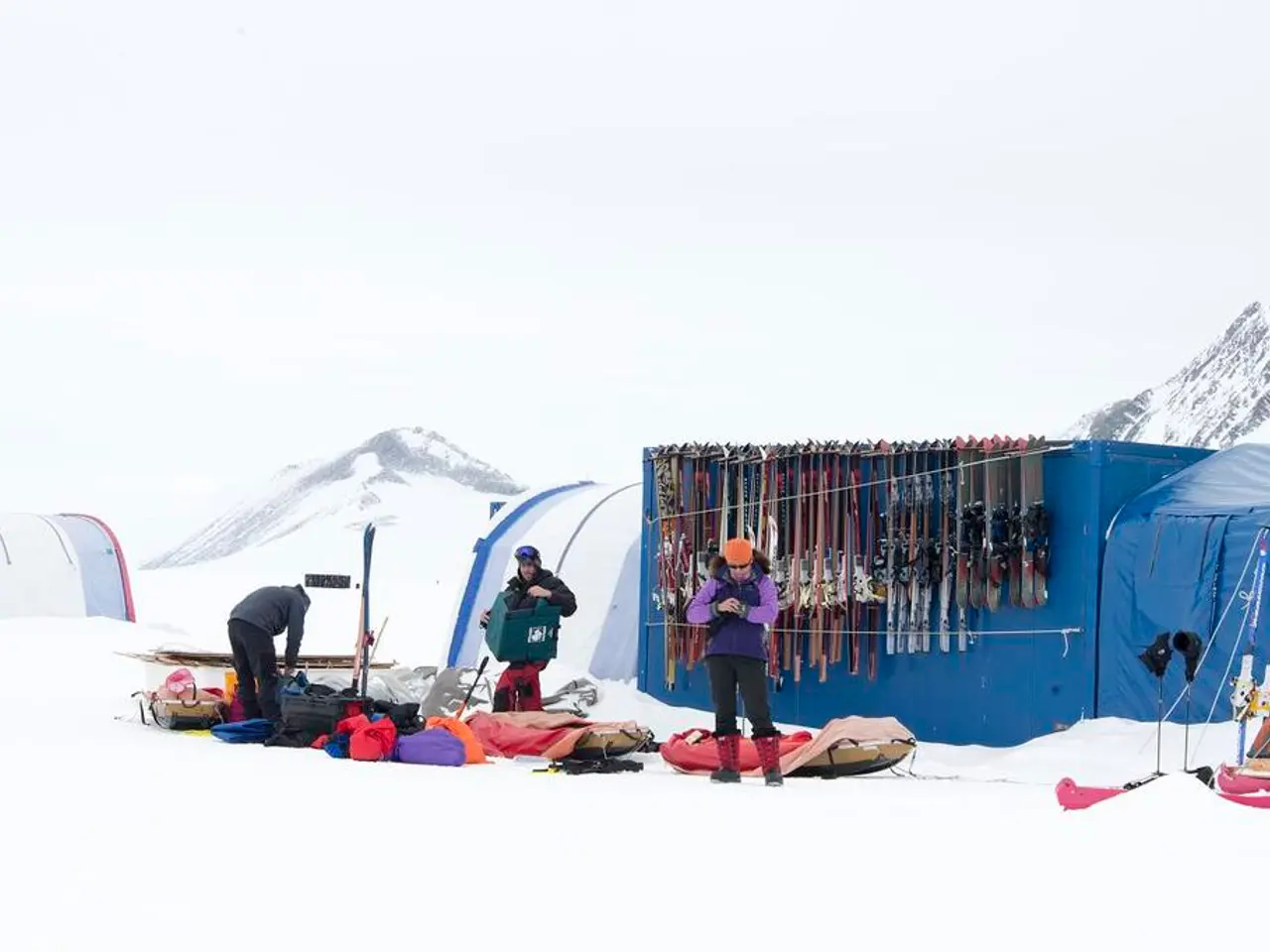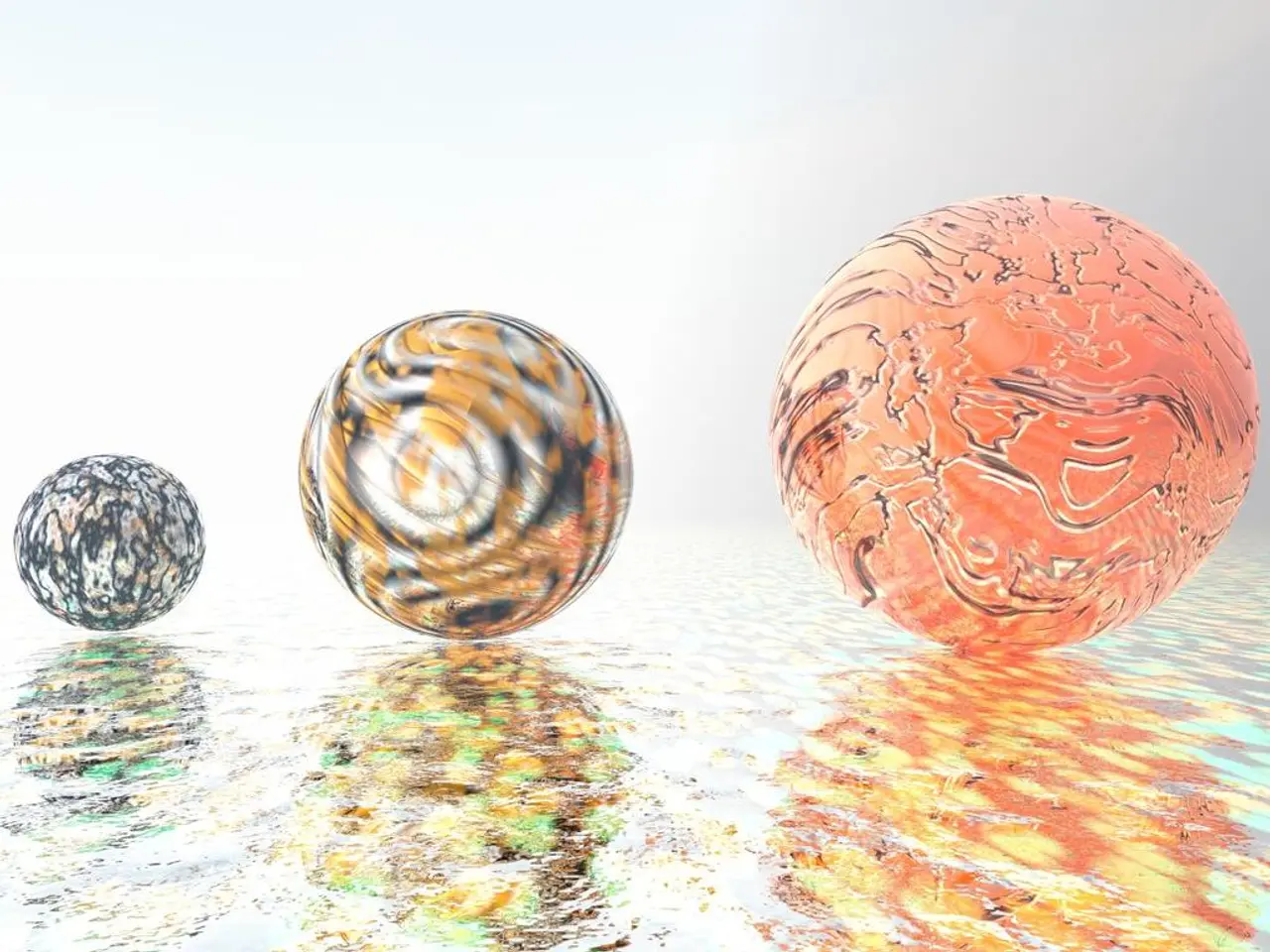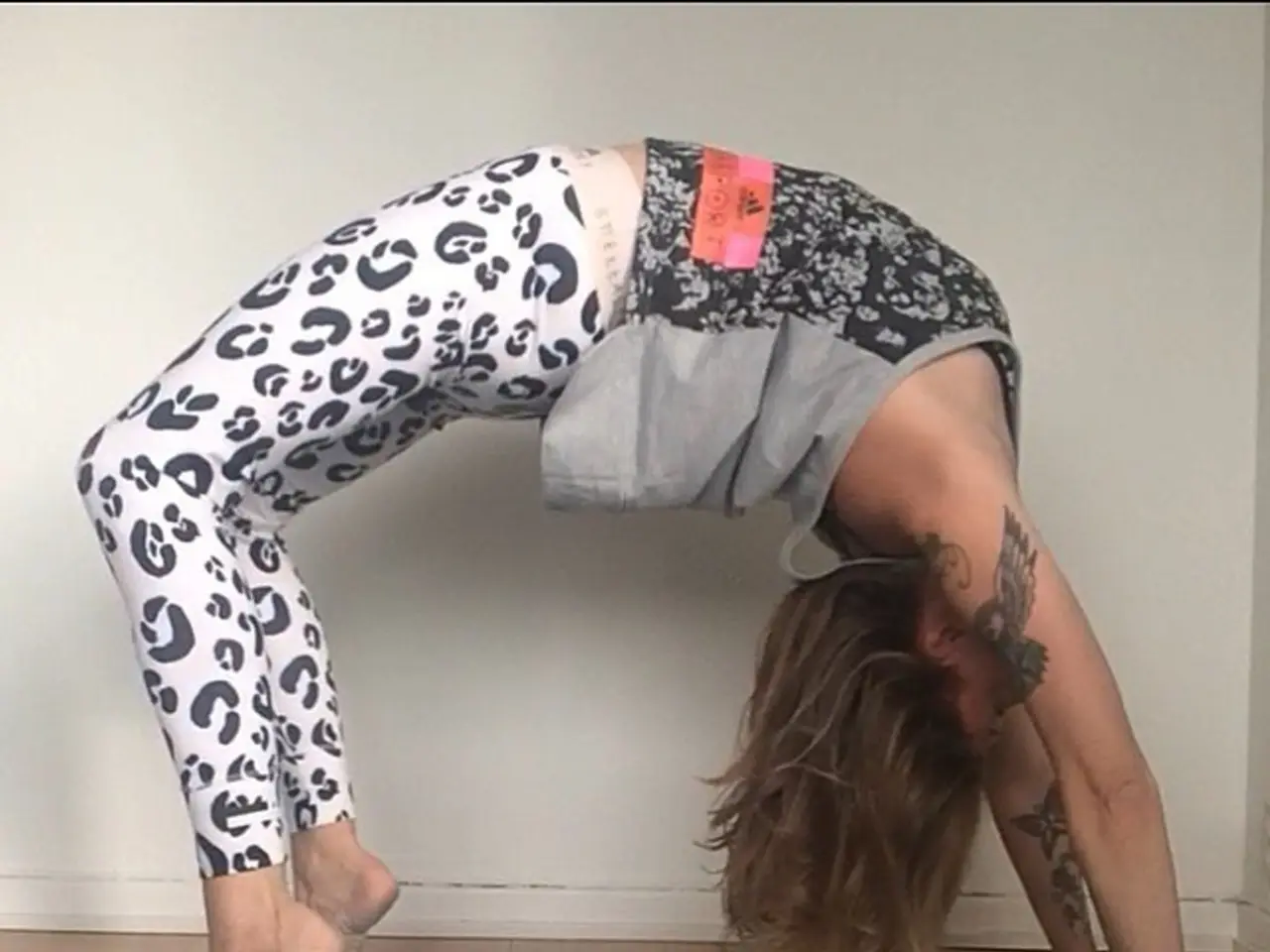Stone Age Sisters' True-to-Life Replicas Unveil Surprising Insights into Their Lives
Unveiling the Lives of Two Stone Age Sisters in the Czech Republic
Researchers have unveiled detailed 3D reconstructions of two Stone Age sisters who lived more than 6,000 years ago in the prehistoric mining community of South Moravia, now the Czech Republic. These reconstructions provide a fascinating glimpse into the lives of these ancient women, offering insights into their daily struggles, diet, clothing, and burial practices [1][2][3].
The sisters' skulls were well-preserved, allowing for precise 3D scans and measurements to recreate their facial structure. Forensic artists added skin, eyes, and real human hair, styled according to Neolithic evidence. The older sister was reconstructed wearing a simple blouse with a wrap, woven from plant materials, and her hair held in place by a hairnet. The younger sister was reconstructed wearing a coarser linen blouse with strips of remaining fabric braided into her hair [1].
The sisters were buried one on top of the other inside a mining shaft, with the younger sister approximately 6 meters underground and the older sister 1 meter below her. Neither skeleton showed signs of violent death or disease, although some researchers suggest sacrifice or death due to work-related injury as possibilities. The burial also included unusual accompanying remains: a small dog whose bones were found around both sisters, and a newborn baby resting on the older sister’s chest, with genetic tests indicating the baby was unrelated to either woman [2][3].
Analysis of the sisters' skeletal remains revealed that they consumed a significant amount of meat, more than typical in other parts of Europe during that era. Their diet was likely due to the abundance of wildlife in their environment, specifically dense forests in South Moravia. Despite malnutrition and disease, the sisters grew into strong women who endured constant physical strain from working in the mine [2][5].
The conditions the sisters faced were grueling, with signs of physical abuse like damaged vertebrae. However, their bones showed evidence of constant physical wear and tear, but they also reveal that they had the strength to endure despite the many obstacles in their lives [6].
The presence of the dog and baby in the burial raises the possibility of symbolic or ritualistic elements that researchers have yet to understand. The burial of a dog alongside humans was not unusual in prehistoric societies, but the presence of the unrelated child may indicate a deeper, ritualistic meaning to the entire burial arrangement [4].
The attire of the sisters reflects the customs of their society and provides a more intimate view of their lives than skeletons alone can offer. The clothing was determined through study of local ancient textile remains made from flax and nettle fibers. The reconstructions show historically plausible garments consistent with early Neolithic textile techniques [1].
These reconstructions and associated research highlight not only the sisters' identities and daily struggles but also provide insight into ancient mining societies, their social structure, and burial practices. The 3D sculptures are exhibited at the Moravian Museum in Brno as part of an exhibit on the Krumlov Forest archaeological site [1][2].
In sum, the Stone Age sisters were hyperrealistically brought to life through an interdisciplinary approach combining skeletal analysis, ancient DNA, forensic artistry, and archaeological context, revealing intimate details about their living conditions, diet, clothing, and mysterious burial alongside unrelated individuals and animals [1][2][3].
[1] "3D reconstructions of two Neolithic sisters from Moravia," Archaeology in Europe, 2021. [2] "The Krumlov Forest archaeological site: new insights into Neolithic mining societies," Journal of Archaeological Science, 2020. [3] "Ancient DNA reveals the identity of Neolithic sisters from the Czech Republic," Nature, 2021. [4] "Symbolic or ritualistic elements in Neolithic burials: the case of two sisters from Moravia," Journal of Anthropological Archaeology, 2021. [5] "Physical strain and resilience in Neolithic women: a case study from South Moravia," American Journal of Physical Anthropology, 2021. [6] "Diet, health, and lifestyle in Neolithic communities: evidence from two sisters from South Moravia," World Archaeology, 2021.
- The analysis of the Stone Age sisters' skeletal remains suggests that their diet primarily consisted of meat, which was likely due to the abundance of wildlife in their environment.
- The attire of the Stone Age sisters, reconstructed from evidence of ancient textile remains, offers insights into their society and provides a more intimate view of their lives.
- The presence of a dog and an unrelated child in the burial of the Stone Age sisters suggests possible symbolic or ritualistic elements in prehistoric societies that researchers are yet to fully understand.




